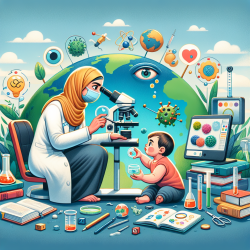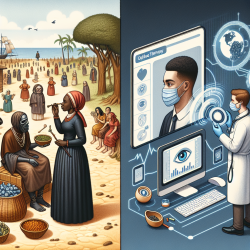Introduction: The Power of Knowledge
In the field of speech-language pathology, our ultimate goal is to foster environments where children can thrive. Understanding the factors that can impede development is crucial. The research article titled "Adverse Effects of Methylmercury: Environmental Health Research Implications" offers significant insights into how environmental toxins like methylmercury can impact child development. As practitioners, leveraging such research is vital to enhance our practices and outcomes.
The Impact of Methylmercury on Child Development
Methylmercury is a potent neurotoxin that has been shown to have severe effects on the developing nervous system. Historical cases, such as the Minamata disease in Japan, highlighted the devastating consequences of methylmercury exposure, including cognitive and motor impairments. The research underscores the importance of recognizing the signs of methylmercury toxicity early and understanding its long-term effects on child development.
Data-Driven Decisions in Speech-Language Pathology
As practitioners, we must integrate data-driven approaches to ensure we are providing the best care possible. The research emphasizes the necessity of precise exposure assessments and the role of environmental factors in developmental outcomes. By understanding these data points, speech-language pathologists can tailor interventions that consider potential environmental impacts on a child's communication abilities.
Encouraging Further Research and Advocacy
The research calls for ongoing investigation into environmental health risks and their implications for child development. Practitioners can play a crucial role in advocating for safer environments by staying informed and contributing to research efforts. Collaboration with environmental health experts can lead to comprehensive strategies that protect children from harmful exposures.
Implementing Research Findings in Practice
- Stay informed about the latest research on environmental toxins and their impact on child development.
- Advocate for policies that reduce environmental exposures in communities.
- Incorporate environmental health considerations into assessments and intervention plans.
- Educate families about potential environmental risks and strategies to mitigate them.
Conclusion: Creating Safer Futures
By understanding and implementing the findings from research on methylmercury and other environmental toxins, speech-language pathologists can contribute to creating safer, healthier environments for children. Our commitment to data-driven decisions and continuous learning will empower us to make a lasting impact on child development.
To read the original research paper, please follow this link: Adverse Effects of Methylmercury: Environmental Health Research Implications.










